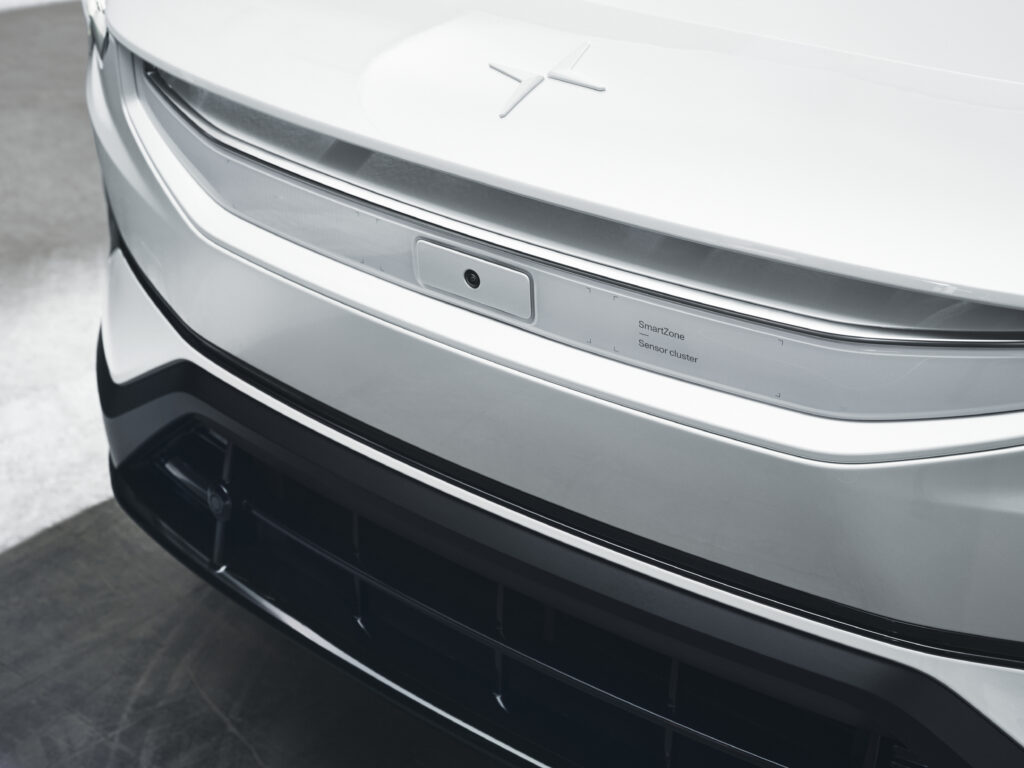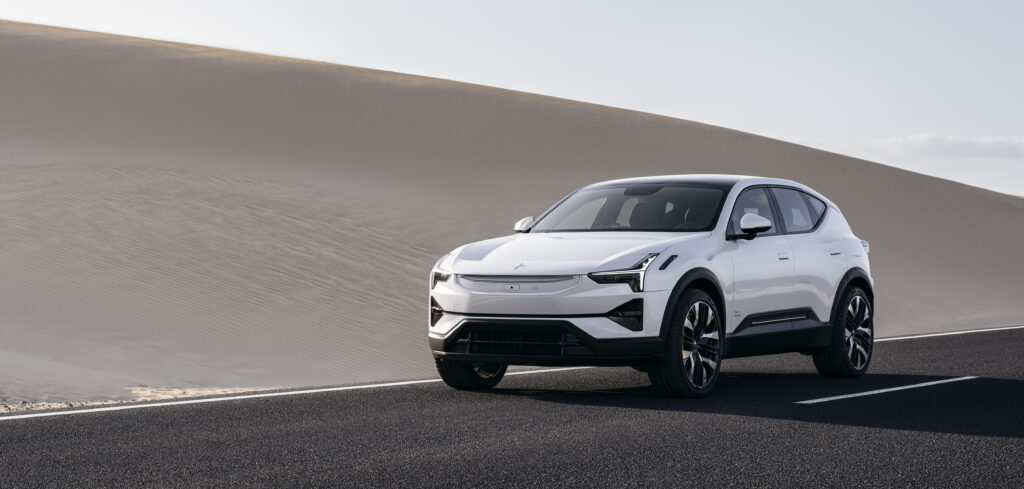For the latest Polestar 3 vehicle, centralized computing will be provided by the Nvidia Drive core computer, which runs software from Volvo Cars. Serving as the vehicle’s artificial intelligence, the high-performance platform from Nvidia processes data from external sensors and cameras to enable advanced driver-assistance safety features and driver monitoring.
Having worked with technology partners including Zenseact, Luminar and Smart Eye, the Polestar 3 benefits from advanced driver assistance systems (ADAS) that integrate with Nvidia’s centralized computing power.
Fitted as standard are five radar modules, five external cameras and 12 external ultrasonic sensors to support several advanced safety features. Inside the Polestar 3, two closed-loop driver monitoring cameras support eye-tracking technology from Smart Eye. Each camera can track the driver’s eye movements to deliver warning messages, sound alerts or emergency stop functions if the car deems the person behind the wheel to be distracted or tired.
Furthermore, from Q2 2023, the optional Pilot Pack, which features lidar from Luminar, can be selected, bringing with it an additional control unit from Nvidia, three cameras, four ultrasonic sensors and cleaning for the front- and rear-view cameras, delivering accurate real-time data about the vehicle’s surrounding environment – especially at long range. This optional extra enables enhanced 3D scanning of the car’s surroundings in improved detail to prepare the Polestar 3 for autonomous driving.
The Polestar 3 also benefits from Volvo Cars’ next-generation advanced active and passive safety features, including new interior radar sensors that can detect sub-millimeter movements in the car’s cabin to protect against leaving children or pets inside. The system is also linked to the vehicle’s climate control system to prevent passengers from getting heatstroke or hypothermia.
Android Automotive is used for the in-car operating system, which has been co-developed with Google and is displayed via a ‘floating’ 14.5in vertical center display. Occupants can use the display to access an array of vehicle performance and safety settings. Over-the-air updates ensure the vehicle’s software systems improve over time without any need to visit a service center.



